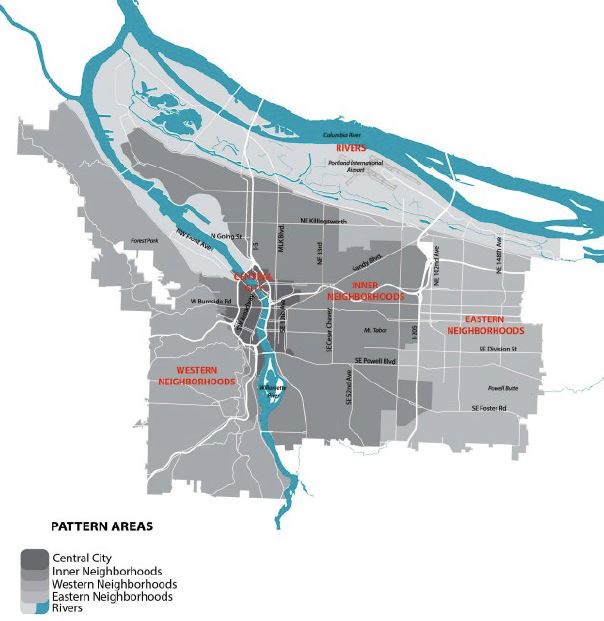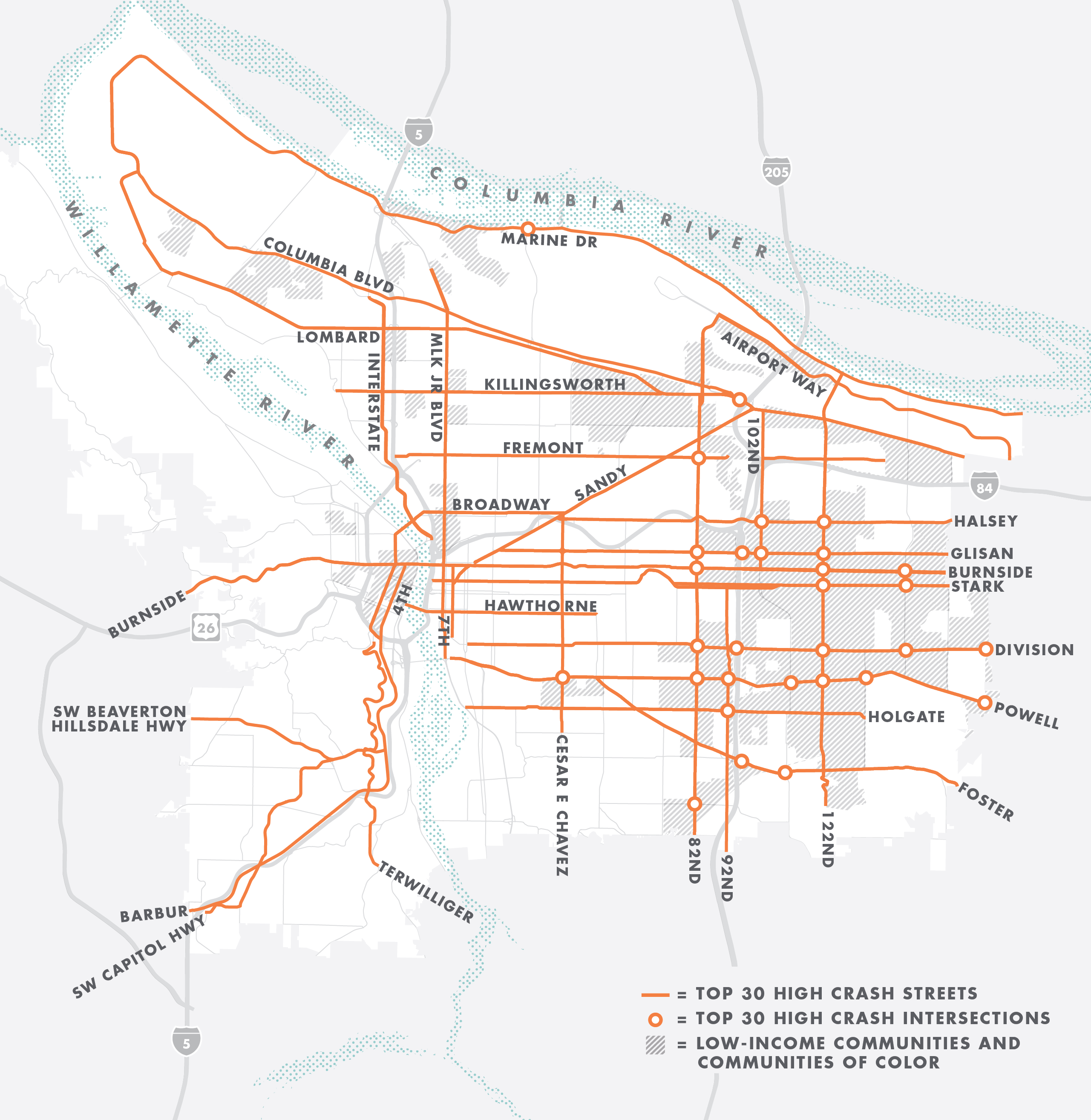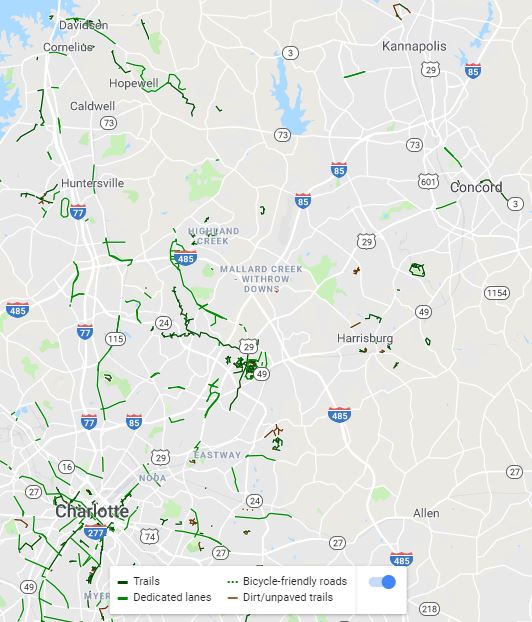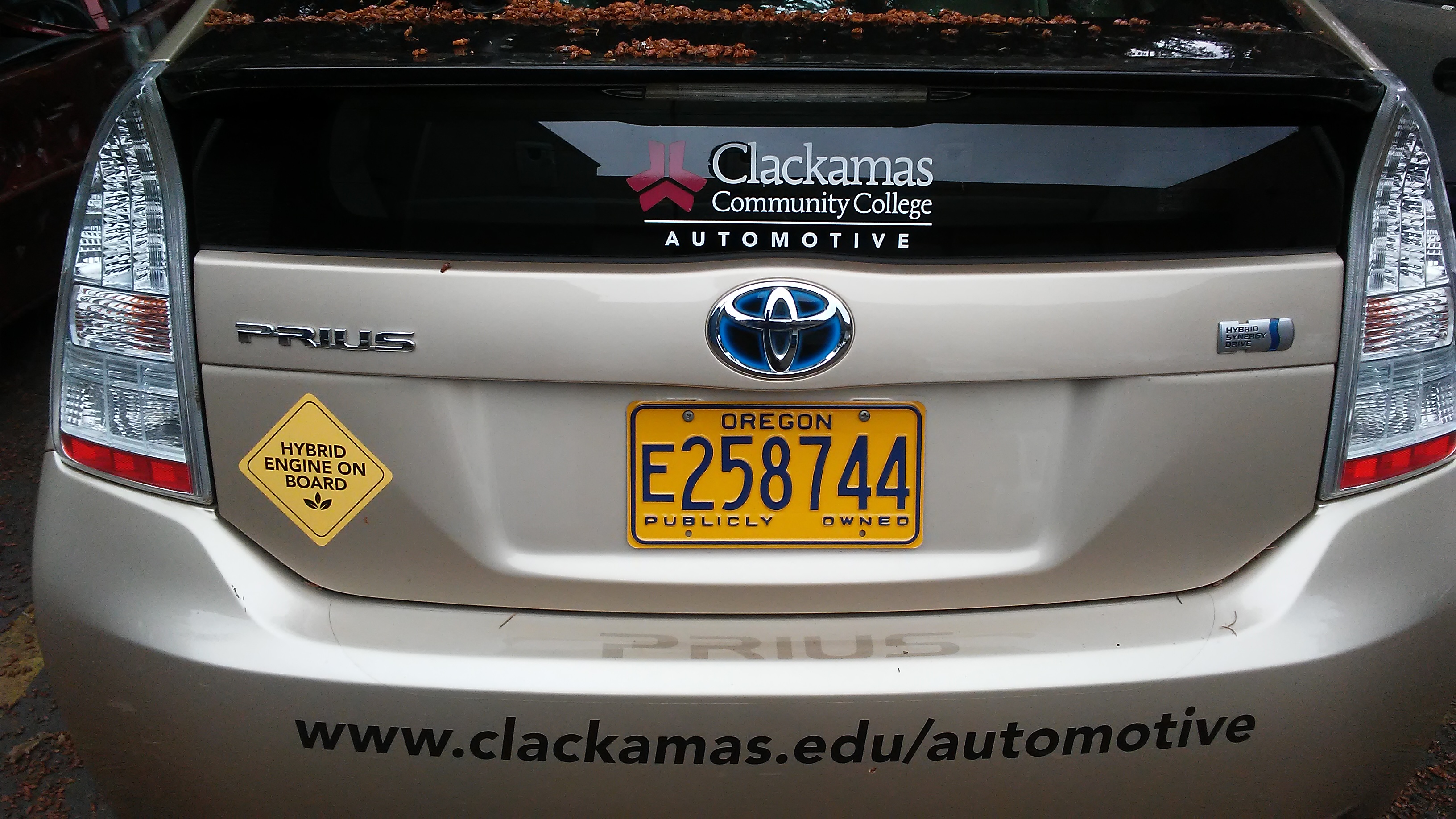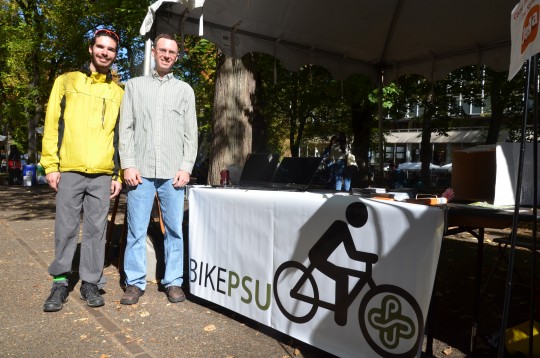Tomorrow, September 19, is my birthday. September 19 also happens to be the start of Disability Rights Washington’s Week Without Driving. While Ian Davidson is in Oregon, it appears Week Without Driving is only organized in Washington. World Car Free Day also happens to be this week on September 22. As someone who lives a car-free lifestyle, these challenges feel weird to me. However, I hope they convince other people to temporarily experience car-free living. Will you be participating in Week Without Driving or World Car Free Day?
Ray’s Birthday Wish Is To Feel Safe and Comfortable When Biking, Walking, Hiking, and Riding Transit
As I was biking, walking, and riding the Sonoma-Marin Area Rail Transit (SMART) train from Petaluma yesterday to attend the Mill Valley Fall Arts Festival, I was thinking about my birthday wish. While birthday wishes are probably supposed to be cheap like when I was excited to get a bike as a child, I now desperately want to see the world be improved by creating expensive 8-80 Cities. I should clarify that constructing these 8-80 places will be costly, but humans are already planning to construct expensive places. Behavior change to human-scale transportation planning will be key to successfully constructing 8-80 places.
Since my post includes suburban and rural areas, I wish 8-80 Cities included suburban and rural areas. I believe they are focused on large urban areas. Yes, I realize the 8-80 Cities non-profit organization has limited bandwidth. I am thankful that this organization exists at all to help places with their transformations. While 8-80 Cities may not be involved in the following efforts, I got excited and hopeful as I researched more about all of the regional efforts to create safe and comfortable routes to bike, walk, hike, and ride transit in the Bay Area and Northern California. Since you may not understand the significance of these efforts if you have not experienced the unsafe and uncomfortable existing routes, I want to show you one of these routes that I took yesterday.
Even though I am sharing the below experience from my perspective, 8-80 Cities is focused on making places usable by people from 8 to 80 years old. Due to this, please think about whether an 8-year-old or 80-year-old would feel safe and comfortable biking the route. I have noticed that many experienced adult cyclists say “I” statements when discussing whether a route is safe and comfortable. Yes, the route feels safe and comfortable to an experienced adult cyclist. I want to encourage these cyclists to think about the route from the indicator species’ perspective, which is discussed in the below video. Even better, I would love for these cyclists to invite an 8-year-old or an 80-year-old to ride along the route with them. How much do you want to bet that they will not feel safe and comfortable enough to even accept the ride-along invite?
Biking From Petaluma To SMART’s Novato San Marin Station
The below section of Petaluma Blvd S made me feel so uncomfortable that I ended up getting off my bike and walking. Yes, I have an extreme fear of heights but I may have been able to stay on my bike if there was a trail here. Due to how uncomfortable biking next to automobiles is, I prefer to stay closer to the grass when biking. As the below photo shows, the bike lane was narrowed to provide space for the guardrail and concrete barrier. I decided to cross the road and walk my bike against traffic next to the grass.
I was surprised by how many road cyclists wearing lycra and having no rack for panniers were riding the same route. They kept passing me because I prefer to ride slowly on a hybrid bike that has a rack and panniers. Since they had no bike lock and were only carrying a water bottle, I do not understand their approach to bike touring. I guess they were just biking fast and not planning to lock their bike somewhere to stop for a meal. While I frequently see this approach to biking, it is hard for me to imagine not carrying a lock and planning where to stop for a meal. As I walked my bike down the steep hill (yes, it’s not a very steep hill), two road cyclists asked if I was doing okay. At least they were friendly even when they were biking fast!
I felt much more comfortable at the bottom of the hill when I saw the bike trail, which is the green line south of Mickelson Pumpkin Patch to cross Highway 101. As you compare the zoomed-in map to the overview map, pay attention to the green line south of Mickelson Pumpkin Patch. Since Fire Road is a dead-end road, I would have had to bike back to Petaluma to use a different route to continue south. I Street, which goes by Tara Firma Farms, is a much hillier route than biking on Petaluma Blvd S. The 14.5 miles goes to SMART’s Novato San Marin Station. Since I was out of shape, I took a break from biking and rode the SMART train to the San Rafael Station.
Disappointing Park(ing) Day Weekend in San Rafael
Due to this weekend being Park(ing) Day weekend, I was hoping to see a Park(ing) Day event in Downtown San Rafael’s unused parking spaces. According to the Park(ing) Day website, Hope Housing Of Marin previously participated in Park(ing) Day. It appears there is no Park(ing) Day event in San Rafael this weekend.
Yes, I was excited to see parklets! I just wish there was more bike parking. The only nearby bike rack, which is on the sidewalk, is hidden and blocked by the clothing display. Should I have moved the clothing display and used the bike rack?
Regional Trail Planning Efforts
The rest of my journey to almost Mill Valley was much better than the beginning of my journey. I wrote “almost” because I actually did not make it all the way to the Mill Valley Fall Arts Festival. Since the festival closed at 5pm and I started my journey too late in the morning, I ended up turning around in Corte Madera. While the SMART Pathway does not reach Corte Madera, I biked along it from San Rafael to Larkspur. As the below photo shows, there are plans to extend the SMART Pathway and make it part of the 320-mile, world-class, multi-use rail-to-trail Great Redwood Trail. Yes, Kathy Fitzpatrick, this trail effort appears to be similar to the Columbia River Gorge’s Towns to Trails effort, which I wrote about in this 2021 post.
Future Blog Post
The Great Redwood Trail, which includes the SMART Pathway, is not the only regional trail planning effort in the Bay Area and Northern California. The planned 550-mile (400 miles are already complete) Bay Area Ridge Trail covers some of the route used for the Great Redwood Trail. The Bay Trail is a planned 500-mile walking and cycling path around the entire San Francisco Bay, running through all nine Bay Area counties, 47 cities, and safely across seven toll bridges. Stephan, we should take a future canoe or kayak trip on the San Francisco Bay Water Trail. I still want to explore Minnesota’s Boundary Waters Canoe Area Wilderness with you!
Last and in this case least impressive, Sonoma County Regional Parks created the North Coast Access Trails. I wanted to share this trail system because I want to bike from Petaluma to and along the Pacific Ocean. Unfortunately, this trail system is short and not well connected. Despite this less impressive regional trail system, I am excited to experience and write more about all of these efforts in future posts! Since I want to make my blog interesting to read, is there anything in particular that you want to read about?













